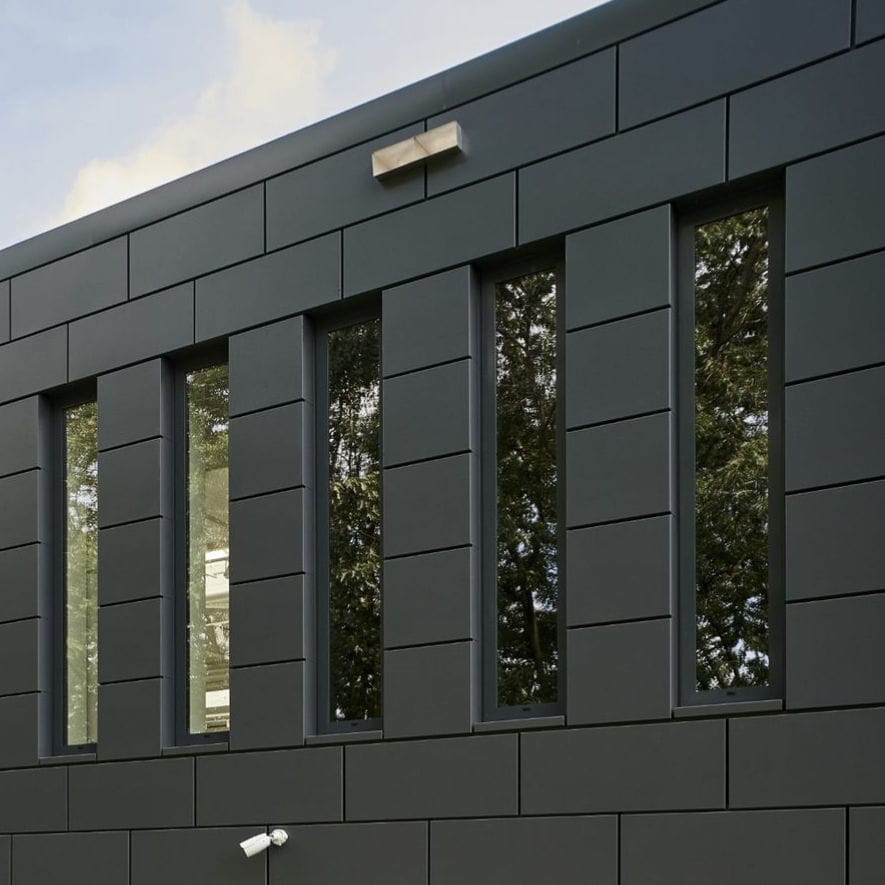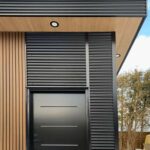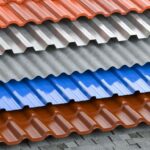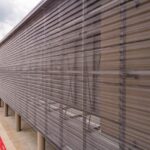Cassette panels are a popular choice in modern architecture, renowned for their sleek appearance and durability. However, to maintain their pristine look and extend their lifespan, regular cleaning is essential. Cleaning cassette panels can be straightforward when done correctly, but it’s crucial to prioritize safety to prevent accidents and damage. In this guide, we’ll walk you through the steps to safely clean cassette panels, ensuring both the panels and the cleaning process remain in top shape.
Chapter 1: Understanding Cassette Panel Cleaning
1.1 The Importance of Safe Cleaning Cassette Panels
Discover why safety is paramount when cleaning cassette panels and how it can impact the longevity of your architectural investment.
1.2 Common Cleaning Challenges
Learn about typical issues faced during cassette panel cleaning, such as stains, dirt buildup, and environmental factors.
Chapter 2: Essential Safety Preparations
2.1 Personal Protective Equipment (PPE)
Understand the necessary PPE to safeguard yourself during the cleaning process, including gloves, goggles, and appropriate clothing.
2.2 Secure Access
Learn how to set up secure access to the cleaning area, such as scaffolding or ladders, to prevent accidents.
2.3 Cleaning Product Safety
Discover how to handle cleaning products safely and store them properly to avoid spills and contamination.
Chapter 3: Safe Cassette Panel Cleaning Techniques
3.1 Surface Examination
Understand why assessing the condition of the cassette panels before cleaning is vital to determine the best approach.
3.2 Proper Cleaning Product Selection
Learn how to choose the right cleaning products for your panels, considering material and stain type.
3.3 Controlled Application
Discover techniques for applying cleaning solutions evenly and avoiding excessive pressure that could damage the panels.
Chapter 4: Safety During Cleaning
4.1 Stain Removal
Explore stain removal methods that are effective yet gentle on the panels, ensuring they remain undamaged.
4.2 Rinsing and Drying
Understand the importance of thorough rinsing and drying to prevent residue buildup and maintain panel integrity.
Chapter 5: Post-Cleaning Safety Measures
5.1 Cleanup and Product Disposal
Learn how to clean up after the cleaning process, including proper disposal of cleaning products and waste.
5.2 Inspection and Maintenance
Discover the significance of post-cleaning inspections to identify any panel damage or issues that may need attention.
1. Why is it essential to clean cassette panels safely?
Cleaning cassette panels safely is crucial to prevent accidents, protect the integrity of the panels, and maintain their aesthetic appeal over time.
2. What personal protective equipment (PPE) is required for safe cleaning?
PPE typically includes gloves, goggles, and appropriate clothing to protect against exposure to cleaning solutions and potential hazards.
3. Can I use household cleaning products for cassette panels?
While some household products may be suitable for routine maintenance, it’s advisable to use cleaning products specifically designed for cassette panels to avoid potential damage.
4. How should I secure access to the cleaning area?
Access can be secured using scaffolding, ladders, or other appropriate equipment. It’s essential to follow safety guidelines and secure access points to prevent accidents.
5. What factors should I consider when selecting cleaning products?
Consider the material of your cassette panels, the type of stains or dirt to be removed, and any environmental or eco-friendly considerations when choosing cleaning products.
6. What should I do if I encounter stubborn stains during cleaning?
Stubborn stains may require specialized stain removers or gentle scrubbing techniques. Always prioritize the safety of the panels and avoid aggressive cleaning methods.
7. How do I properly rinse and dry cassette panels after cleaning?
Thorough rinsing with clean water and proper drying are essential to prevent residue buildup. Use lint-free cloths or soft sponges for drying to avoid scratches.
8. What should I do if I accidentally spill cleaning products?
If a spill occurs, follow safety protocols for the specific cleaning product. Typically, this includes containing the spill, cleaning it up, and properly disposing of any contaminated materials.
9. How often should I inspect cassette panels after cleaning?
Regular post-cleaning inspections are advisable to identify any panel damage or issues that may require maintenance or repair. This ensures the panels remain in top condition.
10. Can professional cleaning services be hired for cassette panel cleaning?
Yes, professional cleaning services are available for cassette panels, especially for larger or more complex projects. Professionals have the expertise and equipment for safe and effective cleaning.
11. Is it possible to maintain the safety of nearby landscaping and the environment during cleaning?
Yes, eco-friendly cleaning products and responsible cleaning practices can minimize the impact on the environment and surrounding landscaping.
12. How can I ensure the long-term beauty and integrity of my cassette panels?
A combination of safe cleaning practices, regular inspections, and adherence to maintenance schedules will help preserve the aesthetic appeal and structural integrity of your cassette panels over time.
Cleaning cassette panels safely is crucial to maintain their aesthetic appeal and structural integrity. By following the steps outlined in this guide, you can ensure that your cleaning process is not only effective but also conducted without risks to your safety or the panels. With proper safety preparations, technique, and post-cleaning measures, your architectural masterpiece will continue to shine for years to come, leaving a lasting impression on all who behold it.







